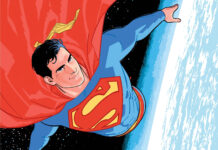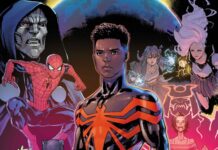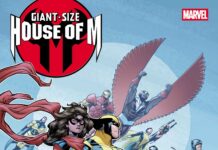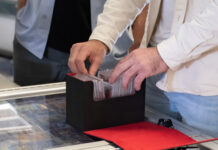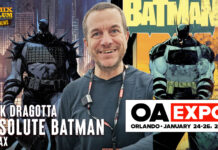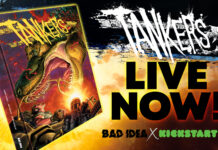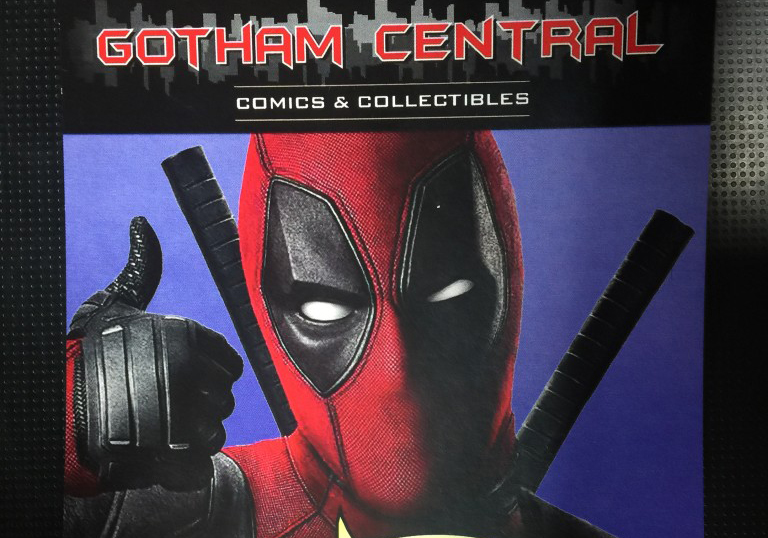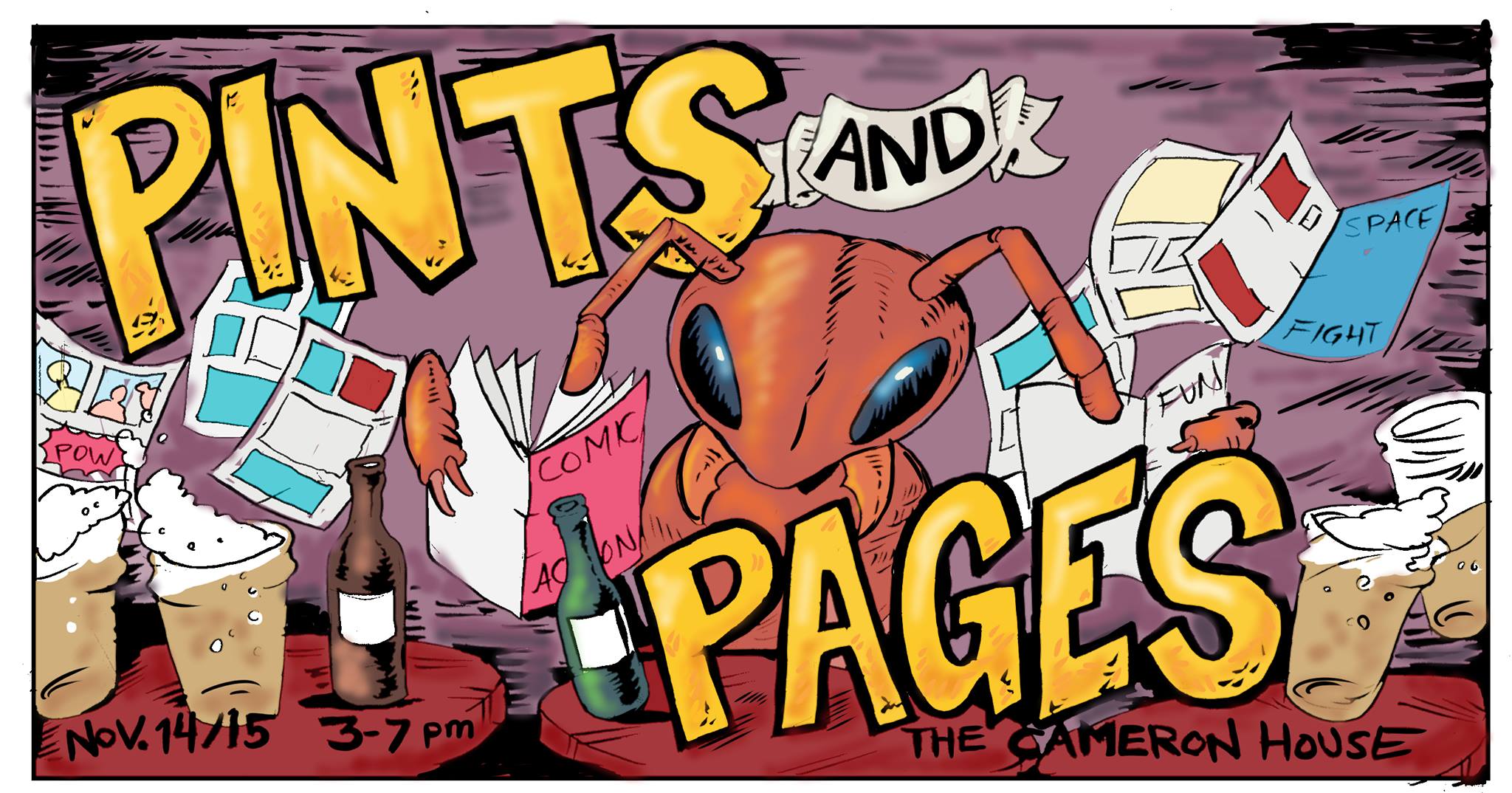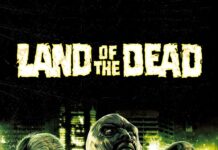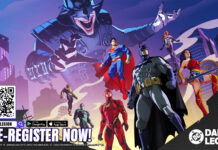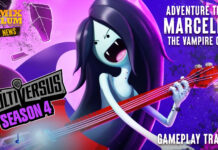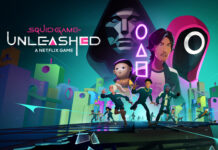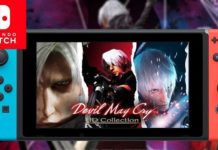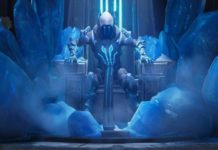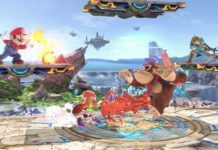Legend of Zelda: Ocarina of Time
Platform: N64, GameCube, Wii, Wii U
Developer: Nintendo EAD
Publisher: Nintendo
Author: K.D.
Woo! Alright, this game is one of the greatest games of all-times. In 2008, it was indoctrinated into the Guinness World Records as the highest ranked game—ever; and as far as I know, in 2010 it still held that crown. There have been some great games that followed it, but Legend of Zelda: Ocarina of Time earned itself a legacy for having both a compelling story, and innovative gameplay that set the ground work for future generations of gamers. The Zelda time lines are kind of murky, but this game is a central point for a few divergences. Let’s dive right into it!
Story: a dark force has unleashed itself into the world and a young man (a boy, really) is chosen to oppose the darkness, with the help of some key friends. The young Link must travel across all of Hyrule, collecting some nifty gadgets and toys to help him, as he ventures to collect key items that can unleash the Master Sword: the only weapon strong enough to banish the evil! Buuuuuuuuut, just like any other magical macguffin, it comes with caveats. When Link reaches the Master Sword, it decides that he is not yet old enough to wield it, throwing him seven years into the future. Link has to balance events in the present and future in order to awaken the seven sages necessary to reawaken the Master Sword’s powers (because otherwise, it’d be too easy). After completing his tasks, Link’s mysterious helper reveals themselves as none other than the Princess Zelda! I always imagined Sheik was a dude, though… Princess gets captured, and Link has extra incentive for saving the day: the sweet, sweet love of a princess. Aw yeah!
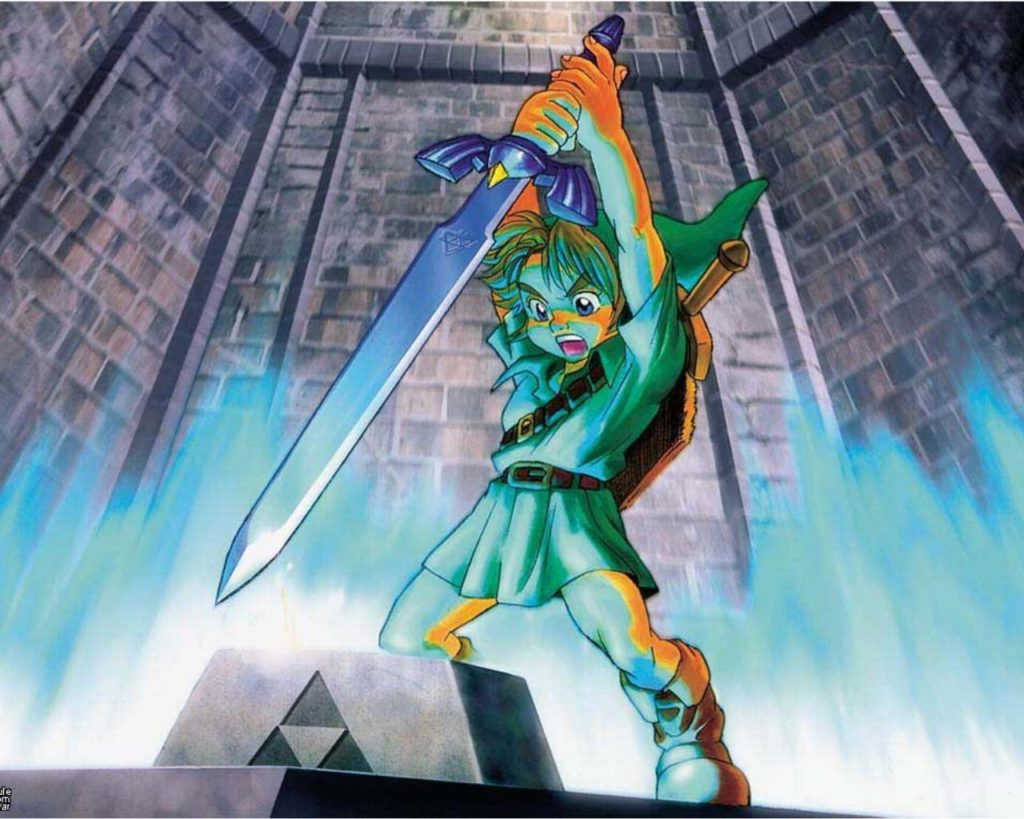 ~gasp~ So many shinies!!
~gasp~ So many shinies!!
The gameplay for this game was pretty groundbreaking back in 1998. It pretty much blazed a path for games to follow with new features like target-lock, and buttons that change functions depending on the situation. The game functions as both first- and third-person action/adventure, though primarily third-person. The main analog stick moves link in whatever direction the player chooses. If Link is targeting an enemy, he will strafe around the enemy. If the player holds down the target-lock button (often, the “z” button) without a valid target, the analog stick will lock Link in one direction. The only times the game moves into first-person mode are when using certain weapons (bow, slingshot, lens of truth, boomerang, etc.), or when toggling the first-person view which doesn’t allow movement unless riding Epona. One of the strengths of Ocarina of Time is that despite that many “fetch” quests Link has to do, the different environments and challenges of each dungeon (specifically to train Link in using a particular weapon) allow for a simple gameplay that seems more complicated than it really is.
The graphics aren’t really much to talk about compared to the almost real-d graphics we have with 1080p graphics (because who ACTUALLY has a 4k tv, and most cut-scenes are 1080p max anyway), but consider the context in which OoT was released. Banjo-Kazooie, the first Mario Party, Mortal Kombat 4, and Quake 64 were some of the other titles released that year. Those lovely polygon characters were all the rage but somehow in retrospect, OoT felt more polished and graphically pleasing. Whether it was the distinct areas (forest, mountain, and underwater temples definitely helped), or simply a more engaging gameplay, it just felt better. Time shifts between day and night were also a visual component that contributed to the game’s overall “diverse” feel, adding different available characters, as well as hunting the iconic Skulltula spiders.
 That Zel- Sheik though. Such music!
That Zel- Sheik though. Such music!
The music in Ocarina of Time was a grand part of why I loved it so much! The composer for this installment (Koji Kondo) introduced some interesting new musical concepts that added to individualize separate areas. Rather than having music stings to introduce characters or plot points, Kondo localized certain areas to play a specific tune associated with that place. This tune gets reinforced so much while in that area that it actually helps you create different mental images for them! And music plays a deceptively important role in the game. This game uses music in order to advance the plot and to create associations across the Hyrulian world. Just think—if Link didn’t have the Ocarina, he’d be screwed! He doesn’t speak unless he’s getting smacked, or he fell off a really big tower, or some other bad thing happens. And then, it’s only just a groan or a full-on scream. There’s no between. So without the Ocarina, how would Link have progressed? Also, and I’m sure many of you have also done this, you can use the analog stick to bend pitch so you can move past the restraints of the 5 ocarina notes. I’m pretty sure I was playing the theme from Titanic at some point… go 8-year old me!
But I digress, the music of this game really is exceptional when you consider how localized each area becomes when you step over that threshold that changes the music. And when you play 6 note songs and are immediately accompanied by a rockin’ orchestra. Isn’t that every kid’s dreams? No? Just me? Alrighty.
 Easily the best side quest ever. Anyone catch a hat/wig lately?
Easily the best side quest ever. Anyone catch a hat/wig lately?
This game has great replay value as there are tons of challenges for people to try! Speed runs, collecting all of the items/weapons from dungeons and skipping off to the next one to complete them in reverse order, and many, many more! There are also lots of side-quests for all of the completionists out there. There are 200 Skulltula tokens, upgrades for your various weapon ammos, 4 bottles to find, the Biggoron’s Sword, and tons of heart containers and magic upgrades to make your fight against Ganon(dorf) even easier.
Hands down one of the best games I’ve ever played, and, thankfully, a great precedent for action/adventure games to come.
Follow us on Twitter to keep up with the latest posts, or to recommend a game for the team to review: @TheSaveSpot1


